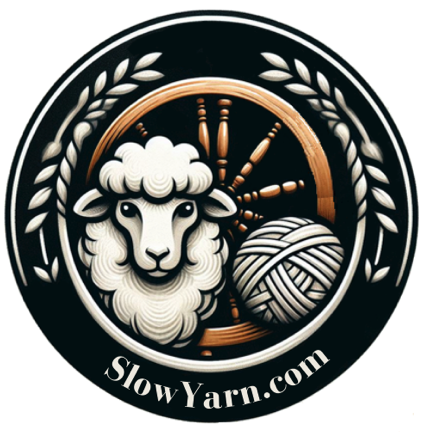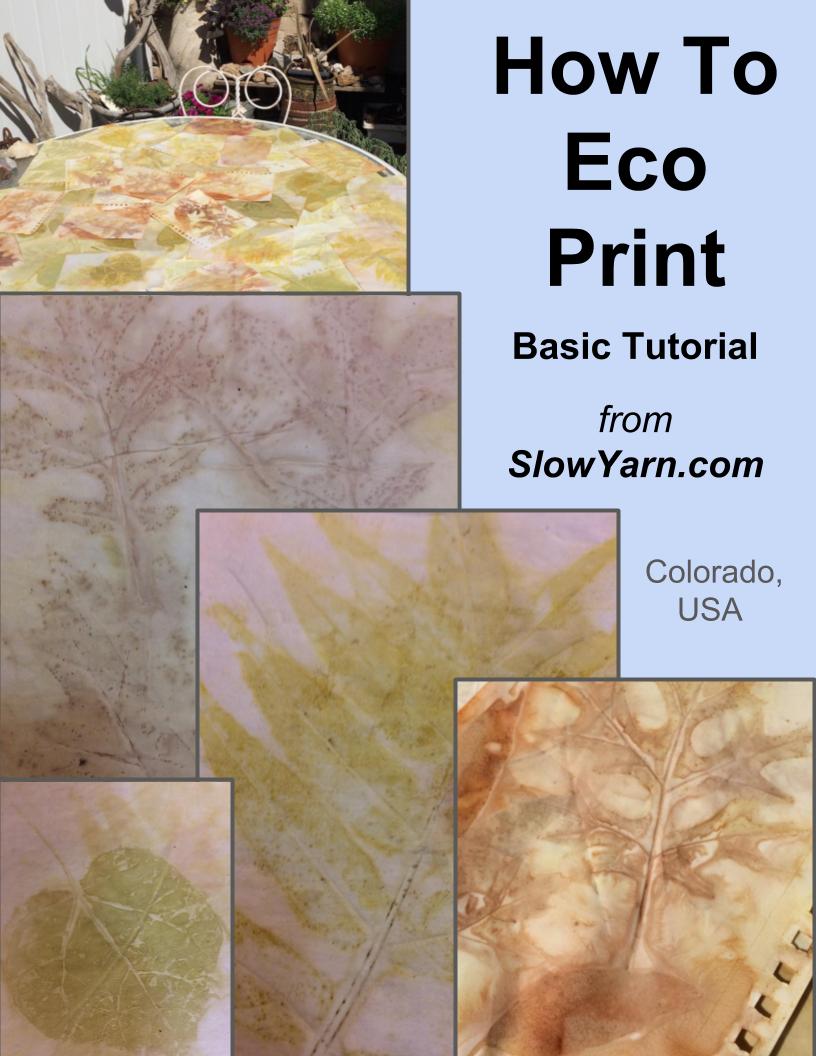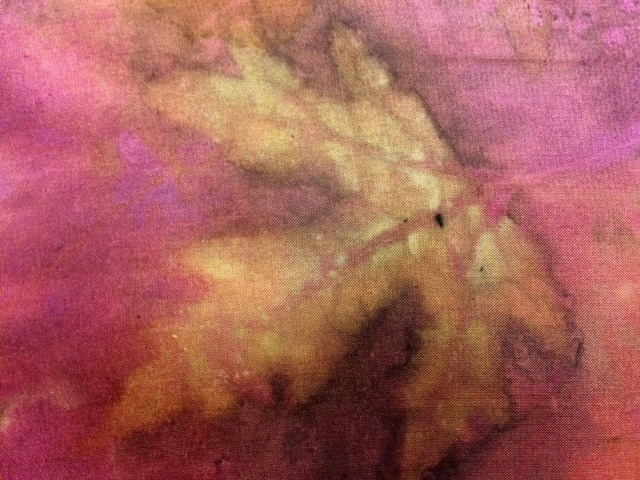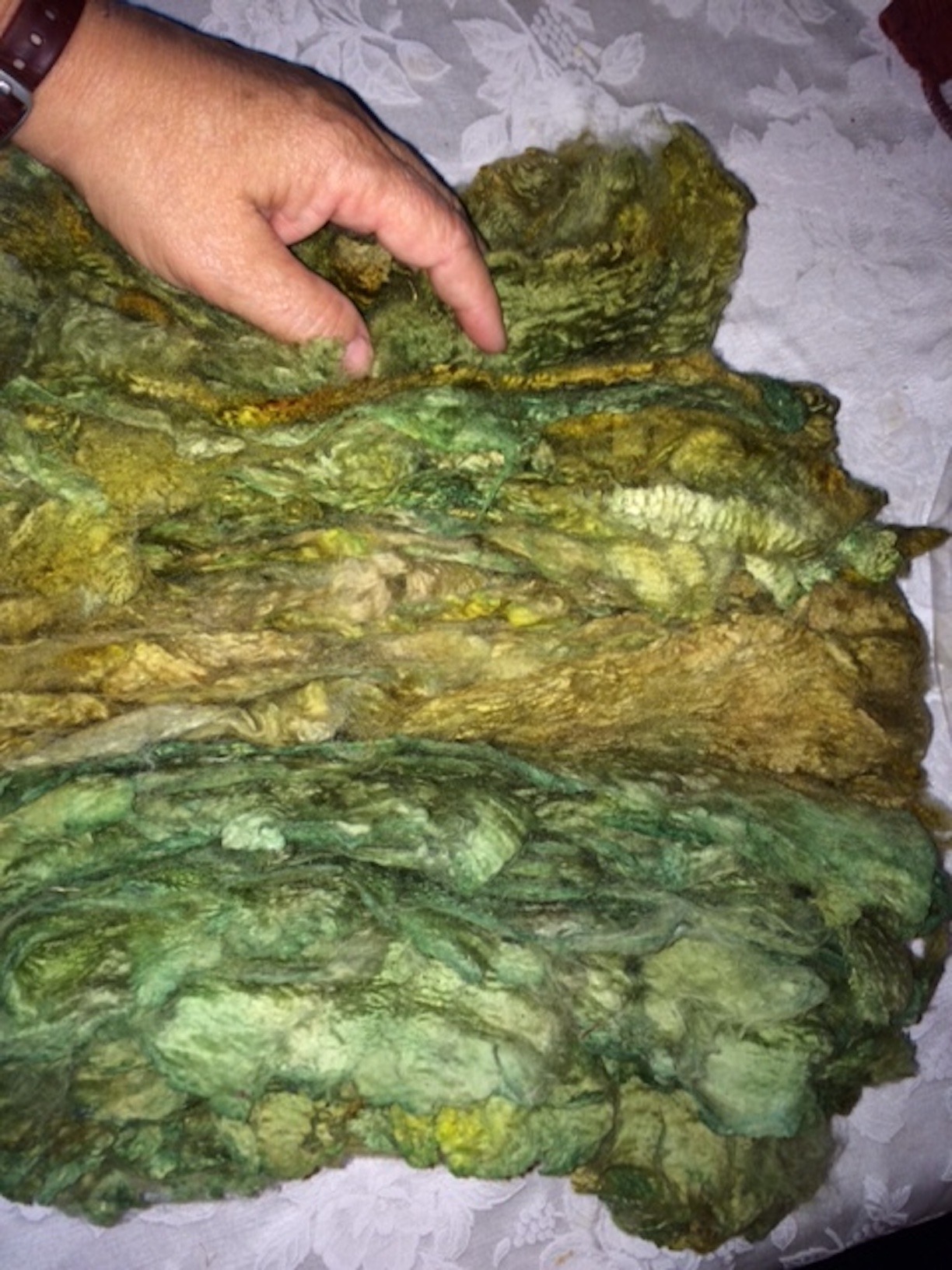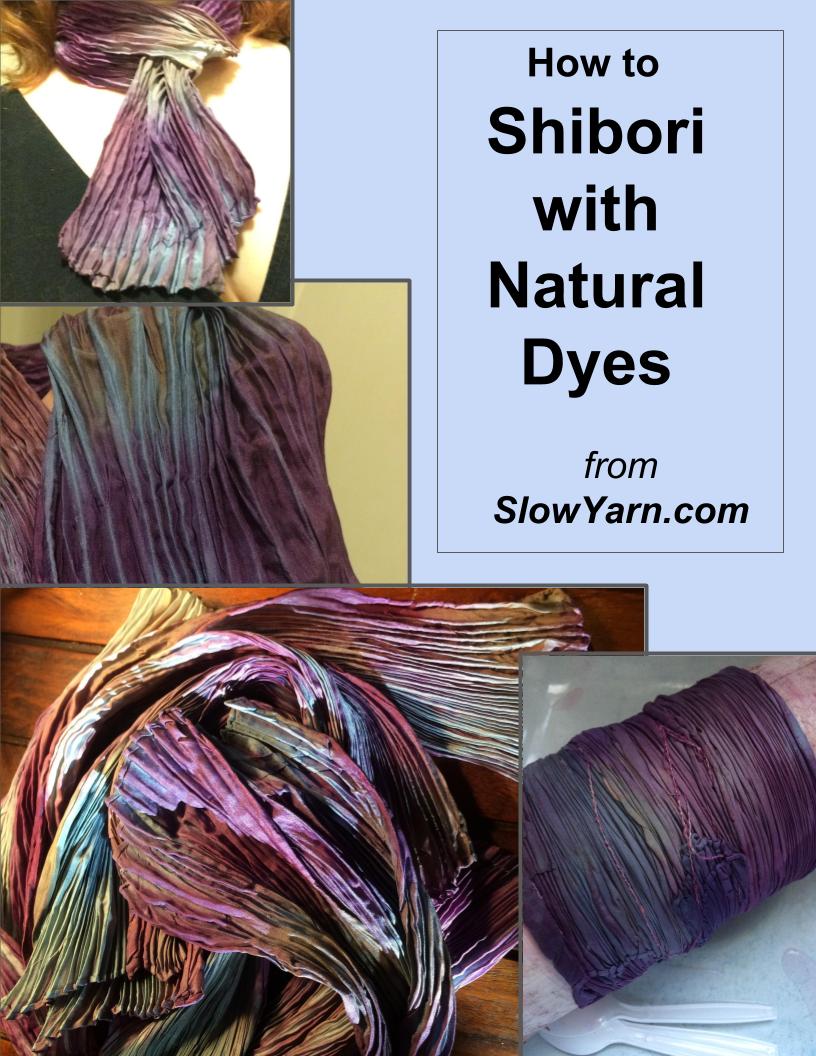Blue Dye in History
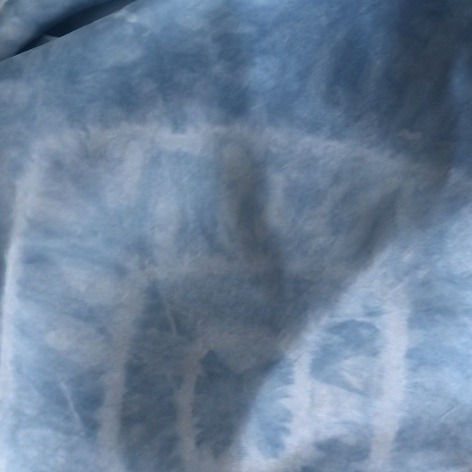
The color blue has long been associated with royalty and riches. Any plant yielding blue dye was considered a valuable commodity, and there are only a couple of plants that do. It is possible that the rarity of blue color sources is the reason for its value. Until the Industrial Revolution, all dyes used to color fabric, skin, or any other decoration came from some natural source. Dyes or pigments came from plants, minerals, metal salts, or some combination of those.
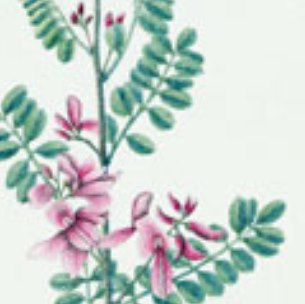
The indigo dye plant, Indigofera tinctoria, is the most famous source of the color blue. It is the indigo color that is most famous in the present day for making denim blue jeans.
The unique properties of indigo, which is technically a pigment, not a dye, make the color of faded blue jeans unique. Modern chemical dyes might label themselves “Denim Blue,” but they are never going to really mimic the color of true indigo pigment. The blue color from indigo is laid on the surface of each fiber, rather than penetrating inside the fiber as a dye does. The blue pigment from indigo is bonded with the white cotton of denim, but can be rubbed off with wear. This wearing has its own special term when it happens with indigo. It is called “crocking.” Indigo crocking reveals the white of the cotton, making that special, faded denim look.
The indigo plant is a heat loving perennial which won’t tolerate freezing temperatures. It has been cultivated in many of the temperate parts of the world. There was a short period of time where there were attempts to grow indigo in North America, but those efforts have been limited to the deep south. Areas of Mexico have a long tradition of raising indigo, as does parts of India, Africa, and much of Asia.
The process of dyeing with indigo is so complicated that it is a wonder mankind ever discovered its true blue secrets. Without certain steps in the process, indigo won’t reveal any blue color at all. It will make brown. It will make a kind of dirty pink. It won’t dye blue, however, until the plant has been subjected to either chemicals or a long rotten bath, then different chemicals added to create a green dye bath. The blue color never appears until the fiber is oxidized after submersion in this green vat.
Woad, Isatis tinctoria, is another indigo dye source, and a plant that is much more adaptable to different climates. It is a biennial, but the leaves can be harvested for color either year. In the second year, however, great caution must be taken for the propellor-like seed heads not to fly off in the wind and become a noxious weed. In many counties, in fact, growing Woad at all is illegal. Noxious weeds can cause millions of dollars of damage to grazing land and agricultural properties, and can drive out native species mercilessly.
TIP: Take the invasive nature of woad seriously if you do choose to plant it. Cut off all seed heads as soon as they appear, or cover the seeds with a paper bag tied securely to the stem in order to capture the wing-like seeds before they fly. It may not be illegal in your state yet, but there is good reason for caution. Don’t be the source of a woad invasion!
Because it was adaptable to northern climates, woad was the source of blue pigment for ancient northern Europe. Roman accounts of the “barbarians” of the north included descriptions of Picts dyed blue running into battle. Knowing that woad only yielded blue color with the same complicated process as indigo, this has become one of my most vivid mental pictures from all of history: Naked shrieking blue people smelling of rotten cabbage and urine emerging from the forest and descending upon the fastidious Roman legions. That’s an image that sticks with you!
One of the most interesting archaeological finds from the Viking era was that of the Oseberg Ship in Norway. An entire ship was in the burial mound, filled with treasure of all sorts. It is a testimony to the value of blue dye that textile finds were considered treasure worthy of this burial. The Oseberg ship woad finds included dyed blue fabric and a number of woad berries. Woad berries, or woad balls, are small, round cakes of indigo pigment which was skimmed off the top of the dye vat after the color was separated from the plant. The pigment was powdered and aged urine was used as a source of alkali to break down the pigments into a soluble form for dyeing with woad. Modern day indigo often comes in the form of a hard “cake” which must be broken up into water with lye (sodium hydroxide) and heated gently before use. Modern chemistry research has revealed a manufactured indigo, so Indigo and Woad plants are no longer the only source of the pigment.
All other sources of natural blue dye are inferior to indigo or woad, other than terribly expensive pigments like ground lapis lazuli from the Middle East. Any other source of blue dye is not colorfast, and the color tends more toward purple than blue. Purple cabbage, when mixed with an alkali like baking soda, can make a blue dye suitable for food coloring but it will not dye wool or cotton. Berries might stain blue, but those stains fade to unpleasant purplish gray very quickly when washed. Logwood, from the tree Haematoxylon campechianum, is probably the only quality source of blue natural dye for wool or cotton, and it is famous for fading to grey with exposure to light.
During the Civil War in the United States, “logwood purple” was probably the source for coloring uniforms for both north and south. It was much less expensive than indigo, and the dyeing process was much simpler and less time consuming. A more concentrated bath yielded blue, and a thinner dye bath made more of a gray. Confederate uniforms were generally dyed at home. The women sent their men off to war with clothes they had sewn and dyed, so complete consistency in color was unlikely. Logwood color faded in the elements must have made for considerable confusion as it became hard to distinguish North from South based on the color of the uniform.
Other dye plants are commonly used with indigo to achieve a true purple or a true green color. Many plants will yield a green color as a natural dye, but those tend to be brassy green, pale green, khaki green, or chartreuse. A true green is best achieved with first a good yellow dye. Weld is a traditional plant for yellow, and is fairly lightfast. Yellow natural dyes do tend to fade. When yellow yarn or fabric is overdyed with indigo, it becomes a true blue + yellow green color, like the “green” on the color wheel. I suspect that overdyeing with indigo also helps prevent the yellow color from fading, as the fibers are literally coated with a fine layer of blue pigment protecting the yellow underneath.
There are reasons why purple is a traditional color of royalty. We’ve already seen the multiple steps involved in getting a blue from indigo. A real red is equally difficult. Cochineal bugs give a purplish red. The color can be shifted toward purple or away from it, depending on the acidity or alkalinity of the solution. Madder generally gives a red that tends toward the oranges or rusts, making a muddy purple color when overdyed with indigo. True red from madder, known historically as “Turkey Red,” is extremely difficult to achieve. Secrets of this dye have been lost over the centuries, as they were so closely guarded.

Next time you pull on your blue jeans, remember that you’re putting on a little piece of history. Somebody, somewhere along the way, figured out that they needed to brew a tea with indigo leaves and leave it til it was rotten, pee in it, then dip fabric in it — all just so your denim could be blue!
Copyright © 2013 – 2023 Kelley Adams. All rights reserved.
All text, photos, and graphics are the property of Kelley Adams.
